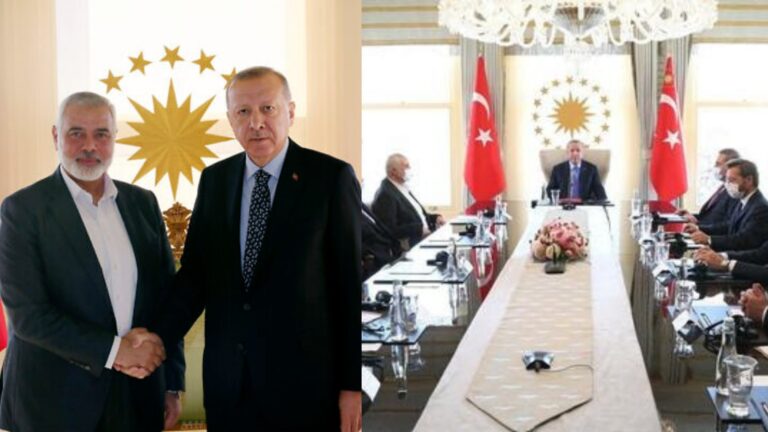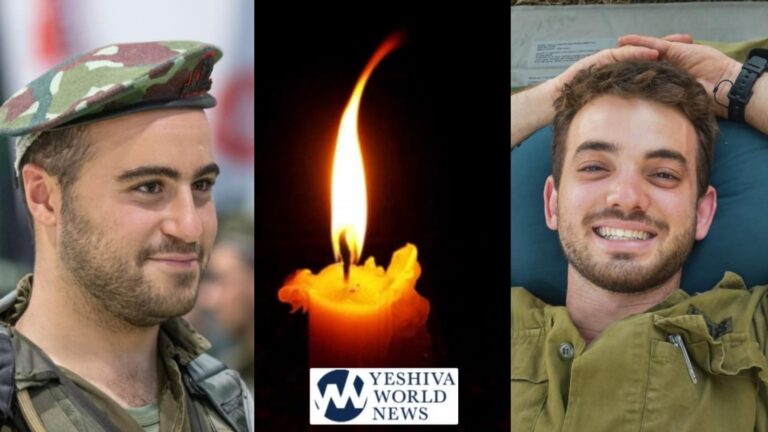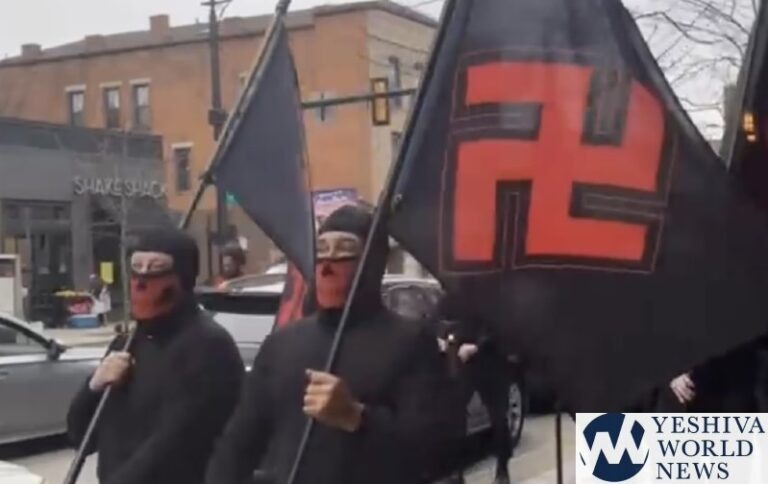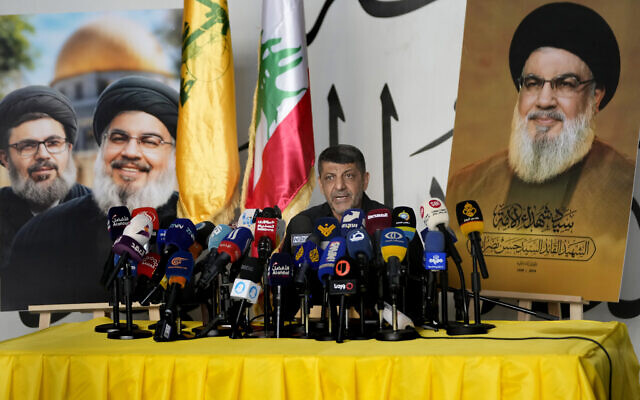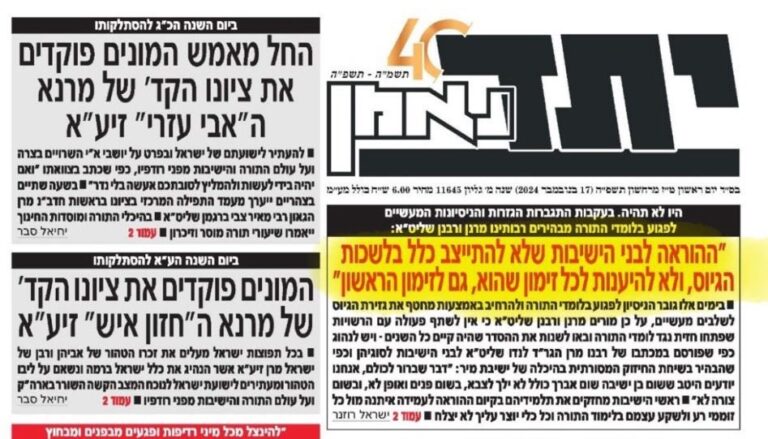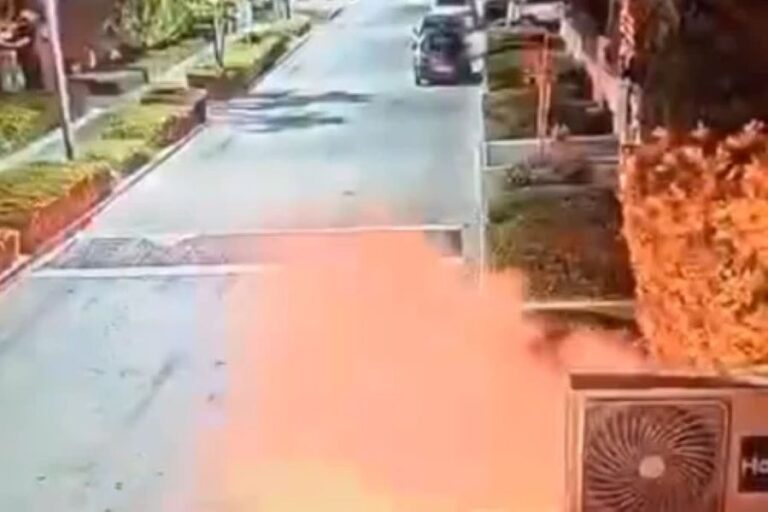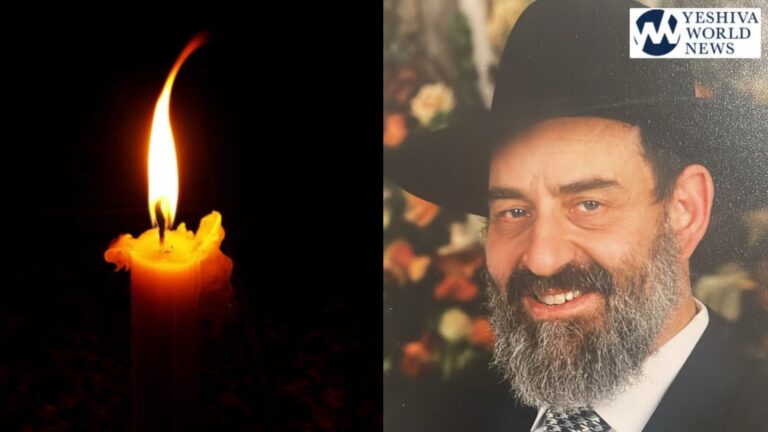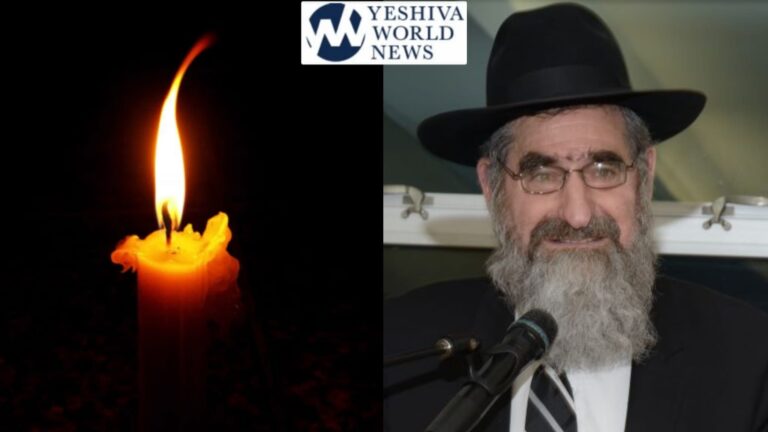 As the U.S. strikes Islamic State targets in Iraq, extremists belonging to the same militant group across the border in Syria are capturing new territory and becoming bolder by the day.
As the U.S. strikes Islamic State targets in Iraq, extremists belonging to the same militant group across the border in Syria are capturing new territory and becoming bolder by the day.
There, in its power base, the Islamic State group controls thousands of square kilometers (miles) of territory, including most of Syria’s oil-producing region. In the areas under its control, it has established an elaborate governing system that oversees every aspect of people’s lives.
The U.S. has begun surveillance flights over Syria as a possible precursor for airstrikes against Islamic State targets there. U.S. Army Gen. Martin Dempsey, chairman of the Joint Chiefs of Staff, has said the group cannot be defeated “without addressing that side of the organization which resides in Syria.”
A look at the Islamic State group in Syria:
SCOPE AND SIZE
By some estimates, the Islamic State group occupies up to 35 percent of Syria, or about a third of the country. It has consolidated its hold over an impressive stretch of territory from its westernmost end on the outskirts of the city of Aleppo, across northern Syria and most of the east. It spreads into most of the Sunni-dominated areas of northern and western Iraq, right up to the edges of Baghdad. That terrain includes the oil fields of Syria’s eastern Deir el-Zour province and parts of Hassakeh. It also includes parts of Aleppo province, including the major towns of Manbej and al-Bab, where the group’s black flags flutter over government buildings and main squares. Because it controls territory on both sides of the border, the group can move fighters, weapons and goods between Iraq and Syria with relative ease.
CALIPHATE CAPITAL
The Islamic State’s declared capital is Raqqa, a city in northeastern Syria along the Euphrates River. With a population of 500,000, Raqqa is the group’s power base. Foreign fighters, some with their families, have flocked there from all over the world. Although it always has been a conservative city with strong tribal presence, Raqqa was once a diverse, thriving commercial center. Today, it is patrolled 24 hours a day by vice squads known as the Hisba — armed fighters in long robes who make sure their strict interpretation of Islam is observed. The militants have banned music and smoking, and have forced women to cover up. They have carried out beheadings in the main square for violators of Shariah, or Islamic law. People who were killed have had their bodies hung from crosses. The group recently imposed a curriculum in Raqqa schools, scrapping subjects such as philosophy and chemistry.
RESOURCES AND GOVERNING
The group controls virtually all major oil fields of eastern Syria, including the Omar oil field, Syria’s largest, with a capacity to produce 75,000 barrels a day. According to several activists, the group has resumed some pumping and has secured revenue by selling crude oil at lower-than-market prices and exporting to Iraq and Turkey through middlemen with tankers. The group also enjoys other assets, such as three major border crossings, grain silos and the al-Furat dam, Syria’s largest. In the past two years, the group has become entrenched in parts of Syria, establishing a governing system that includes administrative offices, Islamic courts and traffic police.
MILITARY STRENGTH
The group is a formidable fighting force in Syria, battling anyone who stands in its way. Since about the beginning of the year, the group has been engaged in a war of attrition with Western-backed rebels, overwhelming their outposts and picking off towns and villages one by one through force and intimidation. Hundreds of people have been killed in the fighting, which has detracted from the rebellion’s main goal of toppling President Bashar Assad. More recently, the jihadists have turned their attention to Assad’s forces, seizing a series of military bases, including the Tabqa airfield in Raqqa province. Following its blitz in Iraq, the group has moved tanks, cannons, Humvees and surface-to-surface missiles into Syria, parading the hardware recently in Raqqa. Most of the group’s leaders are believed to be in Syria, including Omar al-Shishani, a Chechen and one of its most prominent military figures.
ASSAD’S ACTIONS
Assad has recently stepped up airstrikes against strongholds of the Islamic State group, perhaps to try to ward off U.S. involvement, to show he can do the job himself and to portray himself as a partner for the international community. The Syrian government has opened the door for potential cooperation with the U.S. to contain the Islamic State group but says any strikes should be done in coordination with Damascus. That’s a problem for the U.S., which risks appearing on the same side as Assad, whose ouster the Obama administration has sought for years. U.S. strikes against the Islamic State group in Syria may help Assad by legitimizing his government at the expense of those seeking to topple him. Any U.S. airstrikes would likely focus on areas near the Iraqi border and militant targets such as training camps in Raqqa, where Assad’s air defense capabilities are almost nonexistent.
COMPLICATIONS
U.S. airstrikes in Syria against the Islamic State group would be much more complicated than in Iraq, where they are sanctioned by Baghdad and where battle lines are more clearly drawn. The picture in Syria is more complex, with a host of military players operating in close proximity to each other, including the Islamic State group, the al-Qaida-linked Nusra Front, Western-backed rebels and pro-government forces. While the Western-backed rebels have urged the U.S. to extend airstrikes to target the Islamic State group, more hard-line groups in Syria oppose any U.S. involvement.
(AP)

